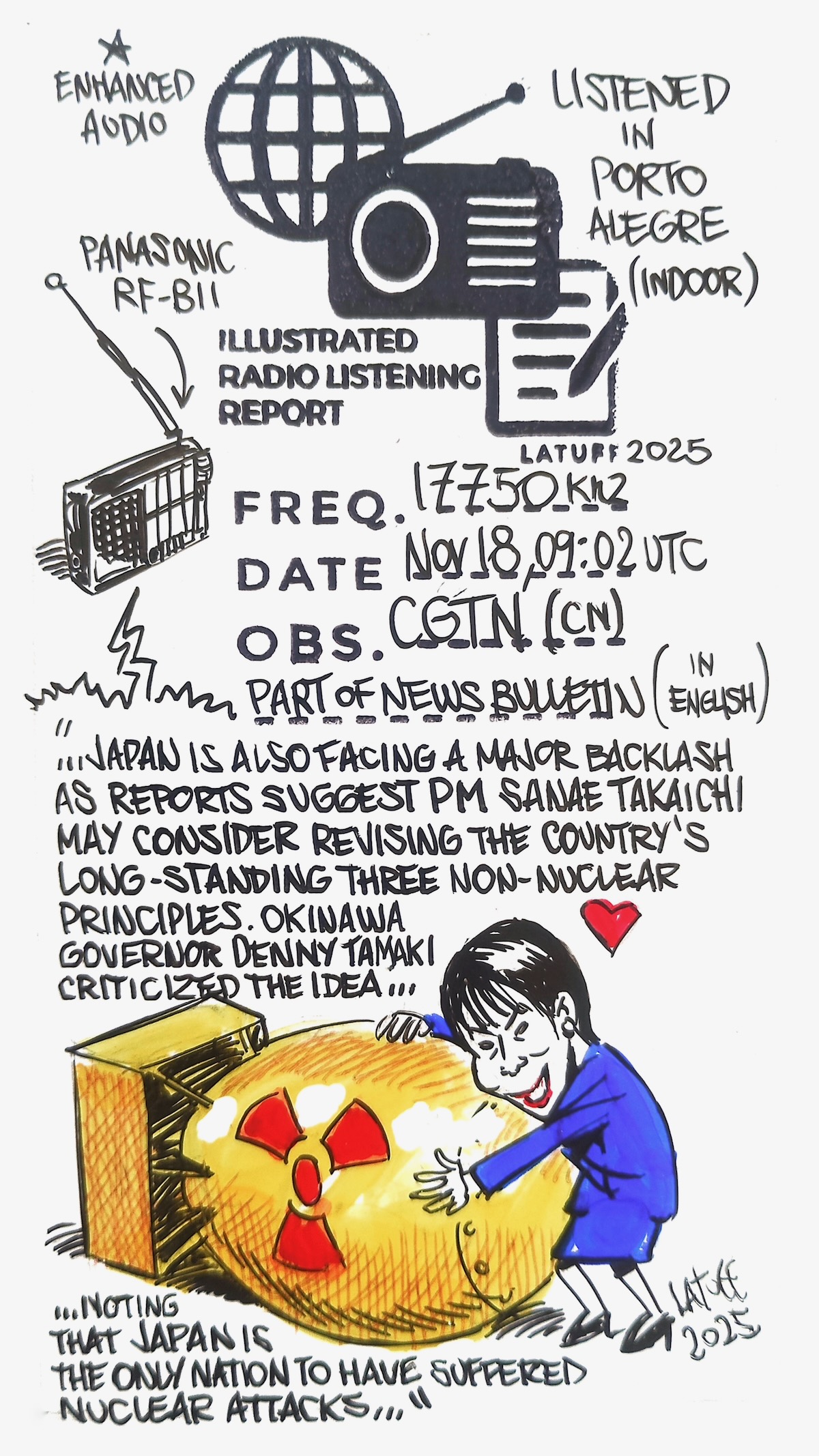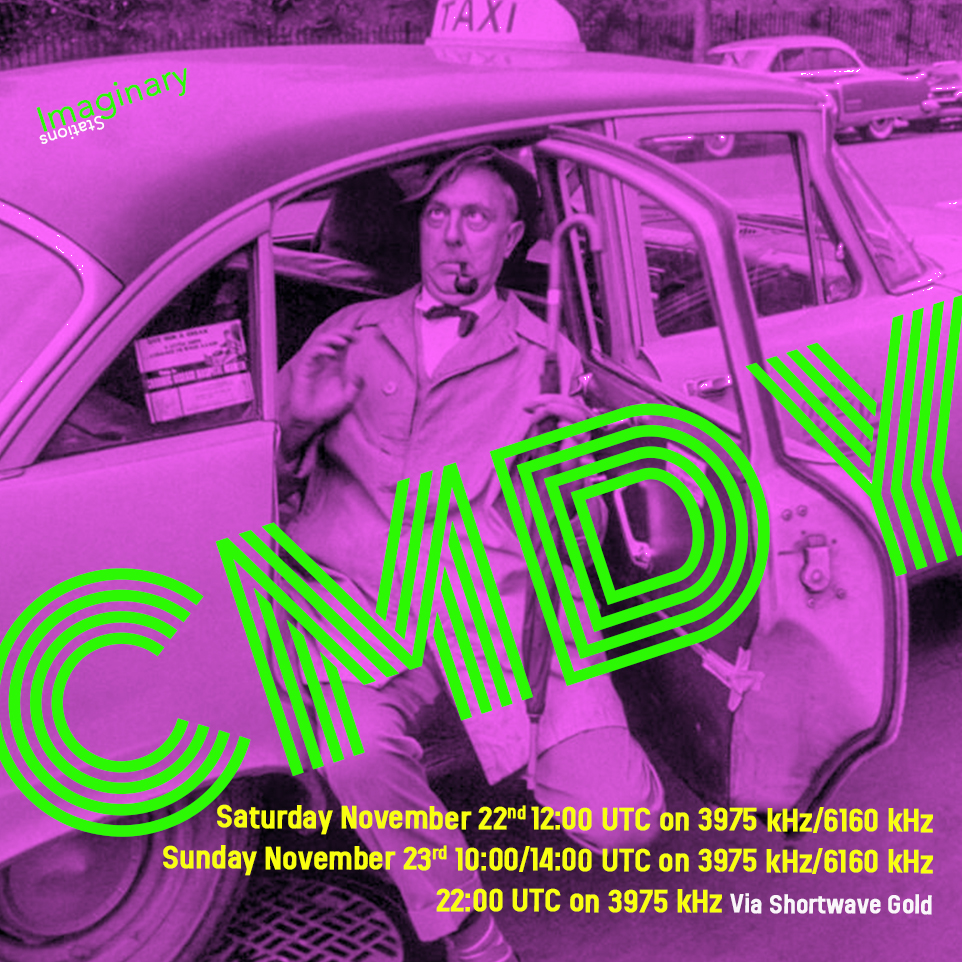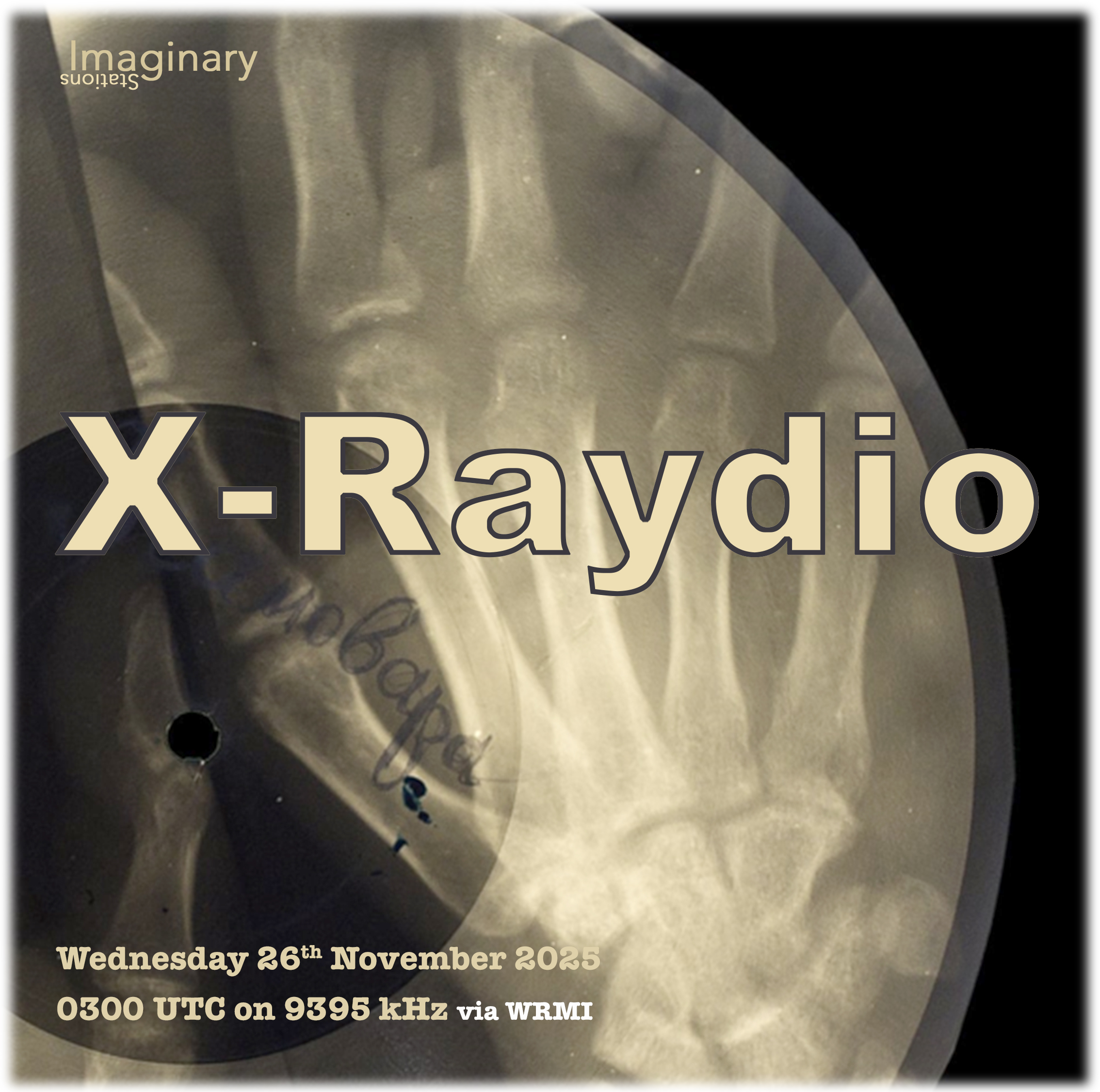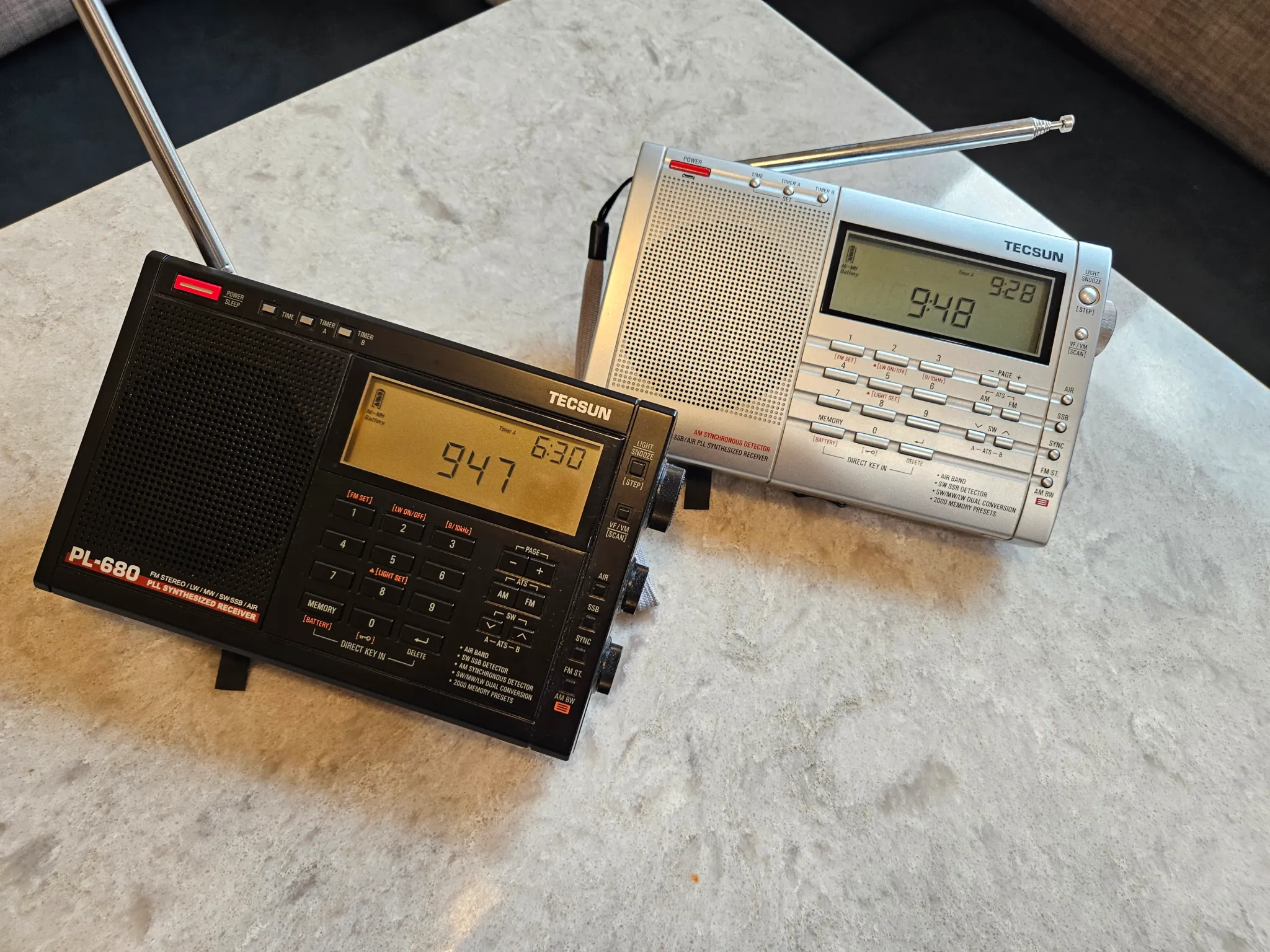 Many thanks to SWLing Post contributor Jeff McMahon, who notes that he’s just published a new article exploring why the Tecsun PL-660 and PL-680 “twins” aren’t quite twins after all. Jeff compares the two radios in his garage setup and finds that while the PL-660 is more sensitive, the PL-680 has a clear advantage where it really counts outdoors: better audio fidelity without distortion at high volumes.
Many thanks to SWLing Post contributor Jeff McMahon, who notes that he’s just published a new article exploring why the Tecsun PL-660 and PL-680 “twins” aren’t quite twins after all. Jeff compares the two radios in his garage setup and finds that while the PL-660 is more sensitive, the PL-680 has a clear advantage where it really counts outdoors: better audio fidelity without distortion at high volumes.
Radyo Pilipinas World Service (RPWS) Returns to Shortwave
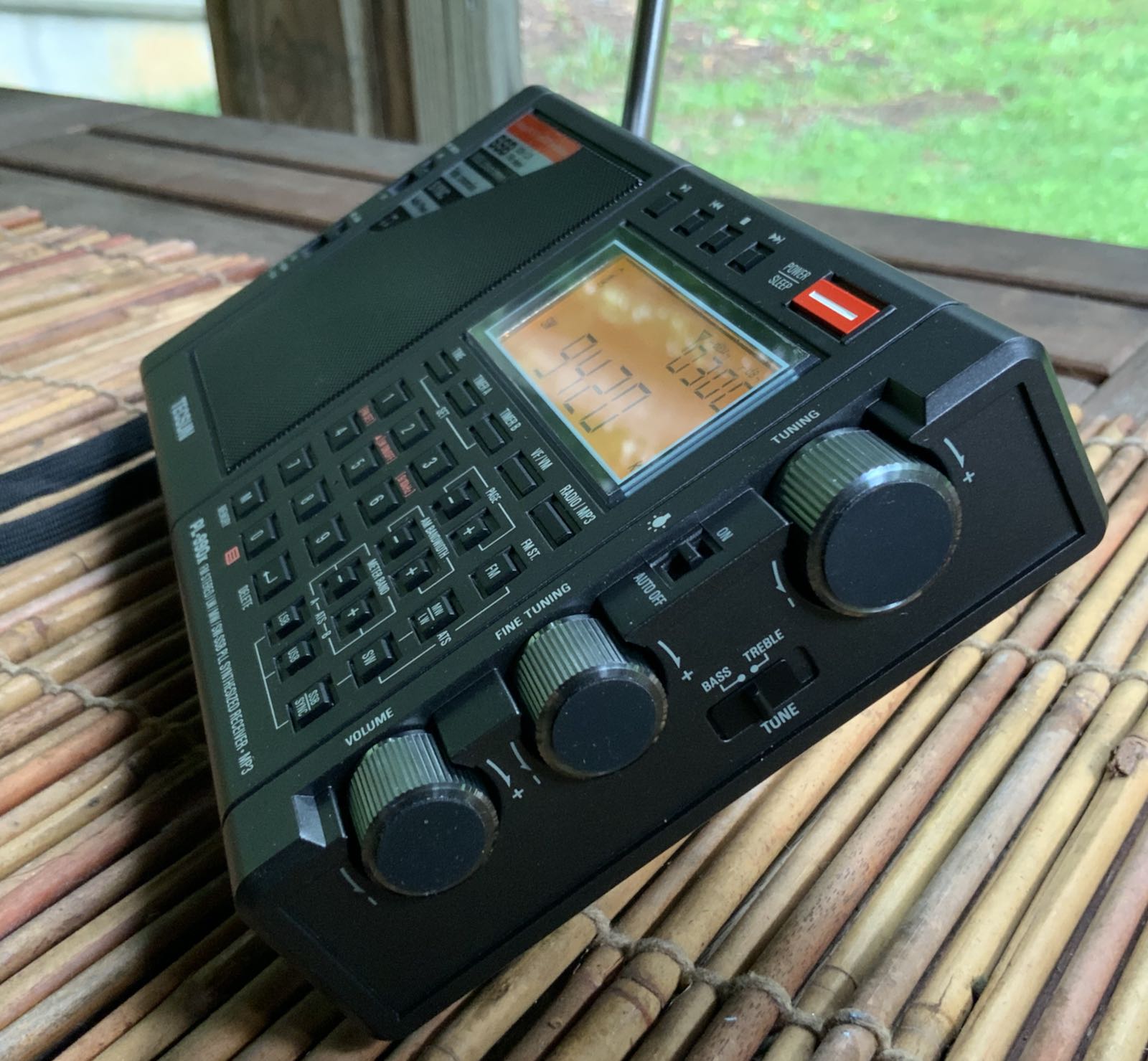 Many thanks to SWLing Post contributor Richard Cuff, who shares the following news via the Philippine News Agency:
Many thanks to SWLing Post contributor Richard Cuff, who shares the following news via the Philippine News Agency:
The government’s international service, Radyo Pilipinas World Service (RPWS), is set to resume shortwave broadcasts on 1 December 2025 from the Philippines Transmitting Station in Tinang, Tarlac. The relaunch comes through a new partnership between the Presidential Broadcast Service–Bureau of Broadcast Services and the Commission on Filipinos Overseas (CFO), which aims to create a global network of volunteer correspondents reporting from Filipino diaspora communities. These broadcasts underscore shortwave radio’s continued value in connecting remote and global audiences—including overseas Filipino workers—with cultural news, heritage programming and first-hand reports from abroad.
“Radio Free Europe/Radio Liberty’s Hungarian Service Ceases Operations”
 Many thanks to SWLing Post contributor Balázs, who shares the following news via Radio Free Europe/Radio Liberty and the following remarks:
Many thanks to SWLing Post contributor Balázs, who shares the following news via Radio Free Europe/Radio Liberty and the following remarks:
“USAGM notified Congress on November 5, 2025, that it intended to terminate RFE/RL’s Hungarian Service” – perhaps it is just a coincidence that the delegation led by Viktor Orbán arrived in Washington the next day and began their meetings with the Trump administration. (On the RFE/RL HU website, articles have been published on topics that are “uncomfortable” for the current government, and with the emergence of a new opposition party (and increasingly severe economic difficulties), the ruling party’s chances of victory in the upcoming April elections have significantly decreased (first time after 16 years). For this reason, the ruling party (using state resources) is further intensifying its already high level of propaganda activity (in offline media, there is now only one commercial TV channel left that is not under its influence) and is using methods that it has not used before.
Carlos’ Illustrated Radio Listening Report and Recording of CGTN (November 18, 2025)
Many thanks to SWLing Post contributor and noted political cartoonist, Carlos Latuff, who shares the following illustrated radio listening report of a recent CGTN broadcast.
Japan PM’s Sanae Takaichi considers revising non-nuclear principles, CGTN, 17750 kHz
X-rays and comedy on shortwave
Greetings all SWLing Post community, here’s what Imaginary Stations crew are putting out on air next week. We’ve got a comedy special called CMDY via shortwaveradio.de on Saturday 22nd November 2025 at 1200 hrs UTC and then again on Sunday 23rd November 2025 at 1000/1400 hrs UTC on 3975 kHz and 6160 kHz and 2200 on 3975 kHz.
There’s stuff to hopefully make you laugh and cheer you up over the hour. Tune in and have a bit of a titter via the shortwaves!
On Wednesday 26th November 2025 at 0300 UTC on 9395 kHz via WRMI we bring you X-Raydio. The show will explore audio from unusual musical formats and features a piece on Bone Music by Stephen Coates from The Real Tuesday Weld (who hosts a great radio show called The Bureau of Lost Culture on Soho Radio, London) and a flexi disc mix by Shane Quentin (from the excellent The Garden of the Earthly Delights show on CRMK). Tune in your shortwave radio (or an online SDR) to X-Raydio for something a little bit different for your airwaves!
More on X-Raydio below:
For more information on all our shows, please write to us at [email protected] and check out our old shows at our Mixcloud page here.
FastRadioBurst23
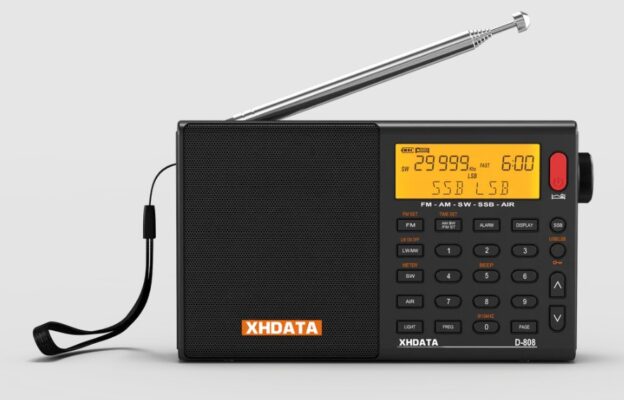
XHDATA Black Friday/Cyber Monday Deals
Hi Folks!
Here are some discounts for popular XHDATA radios in time for Black Friday. Please note the dates listed for each item so you get the best deal.
Promotion Period: November 20 – December 1
Products & Links:
D808 (Black) – Black Friday Deal: $84.24
Amazon link: https://amzn.to/4oOsPi0
D220 (Orange) – Black Friday Deal: $9.35
Amazon link: https://amzn.to/4pgYiJs
D221 (Orange) – Black Friday Deal: $15.88
Amazon link: https://amzn.to/44dwMo7
D221 (Green) – Black Friday Deal: $15.88
Amazon link: https://amzn.to/4oIMDDz
D219 1k (Green) – Black Friday Deal: $13.59 (Promotion Period: November 28 – December 1)
Amazon link: https://amzn.to/48njBU4
Many thanks to XHDATA for their continued support of Thomas’ blog and its readers!
Robert K4PKM
Please note that these are Amazon affiliate links that support the SWLing POst at no cost to you.
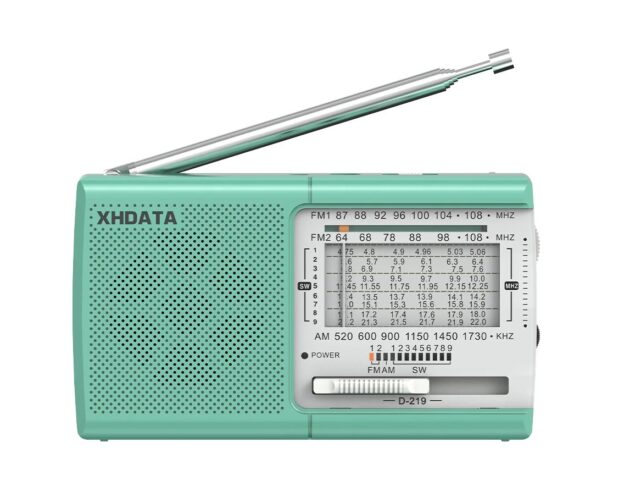
The XHDATA D-219 Shirt-Pocket Radio
The XHDATA D-219 is a shirt-pocket radio which performs quite well, especially given the low price point of ~$13. Paul Jamet has already done an excellent review of this radio (even the same color as mine!) which can be found here. I encourage you to check out Paul’s excellent review, as I am only going to add my experience with the review radio I was sent by XHDATA.
As I typically do, I tested the radio stock – no additional antenna support or boost. Like any portable, a clip-on wire would likely boost performance, but I test radios in their basic state when promoted as a portable radio like the D-219.
Reception was quite good from the solid antenna and (presumably) internal ferrite. AM stations were plentiful and loud; FM stations were also solid and plentiful to my rural location. Shortwave radio was surprisingly good considering the use of the telescopic antenna. The antenna is made well, rotatable, and solid enough for any typical handling.
The side tuning dial is sensitive but very controllable, with slight adjustments bringing in new stations. For such a small radio, I had no difficulty reading the analog-style display, and the front slider moved between bands easily.
I appreciate that the radio runs on two standard AA batteries, and has a fold out kickstand. It does also have a DC 5V input (power cable not included), but I did not test it for noise/birdies as again, to me a portable radio will not, under normal circumstances, be tethered to an outlet (did I mention I hate wires?!).
With headphones plugged in the audio is strong and clear, mono, but coming in both sides for that middle of the head effect. Of course, it also works with a single earbud with a mono or stereo plug on the end. Audio without the headphones is also good – as I have noticed with many of the newer Chinese radios, miniaturization allows more room for speakers, and the D-219 does not disappoint.
At this price-point it is hard to find fault with the radio. Within its reasonable limitations, it performs way above what one might expect, as do many of the new radio offerings. Analog looks with digital precision – what’s not to like?! Besides, being a retro kind of guy, I like these portable radios for on-the-go listening!
73, Robert K4PKM

